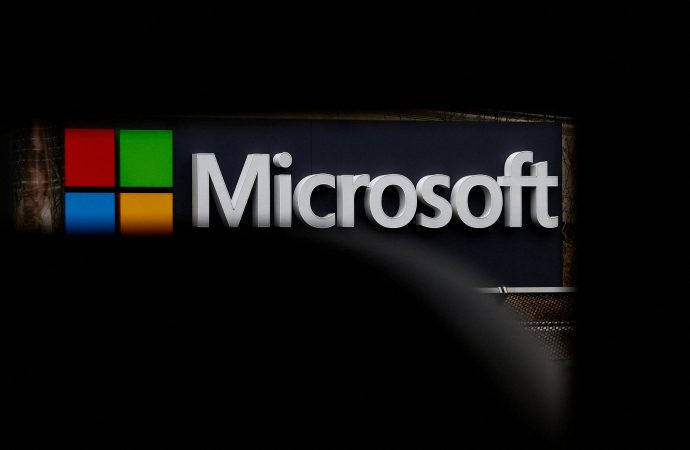Why Microsoft is Betting on Nuclear Power to Boost its AI Capabilities Introduction Greetings, readers! As a seasoned tech writer with over a decade of experience in the intersection of artificial intelligence and renewable energy, I find Microsoft’s recent strategic decision to harness nuclear power for its AI operations both fascinating and forward-thinking. Today, we’ll
Why Microsoft is Betting on Nuclear Power to Boost its AI Capabilities
Introduction
Greetings, readers! As a seasoned tech writer with over a decade of experience in the intersection of artificial intelligence and renewable energy, I find Microsoft’s recent strategic decision to harness nuclear power for its AI operations both fascinating and forward-thinking. Today, we’ll delve into the intricacies of this decision, its implications for AI, and what it means for our sustainable future.
Why Nuclear Power?
In the quest for reliable and abundant sources of energy, nuclear power stands out. For a tech behemoth like Microsoft, which requires immense power for its sprawling data centers across the globe, nuclear energy provides a sustainable solution. Unlike fossil fuels, nuclear power is not subject to volatile market prices or geopolitical tensions. Moreover, it doesn’t contribute to greenhouse gas emissions, making it a green choice in an increasingly climate-conscious world.
Boosting AI Capabilities
Artificial Intelligence (AI) operations are notoriously power-intensive. Training complex machine learning models require vast amounts of computational power and, by extension, electricity. By opting for nuclear power, Microsoft ensures a steady, uninterrupted supply of energy. This, in turn, boosts the efficiency and performance of its AI capabilities, enabling faster computations, more accurate models, and ultimately, more innovative AI solutions.

Image by jcomp on Freepik
Comparative Table: Nuclear Power vs Traditional Power Sources
| Power Source | Sustainability | Efficiency | Cost |
|---|---|---|---|
| Nuclear Power | High | High | Medium |
| Coal | Low | Medium | Low |
| Gas | Medium | High | High |
This table provides a snapshot of how nuclear power stacks up against traditional power sources. As you can see, nuclear power outperforms coal and gas in terms of sustainability and efficiency, although the cost is slightly higher.
Addressing Environmental Concerns
While nuclear power does pose certain challenges, such as waste disposal and potential for accidents, Microsoft is committed to implementing stringent safety measures and protocols to mitigate any potential risks. The company is investing heavily in research and development to find safe, sustainable ways to manage nuclear waste. It’s also working closely with regulatory bodies to ensure all its nuclear-powered operations meet the highest safety standards.
The Future of AI with Nuclear Power
With nuclear power in the picture, the future of AI looks promising. It opens up new possibilities for innovation and efficiency in the AI landscape. Imagine machine learning models training in real-time, AI algorithms making accurate predictions in microseconds, and data centers operating at unprecedented speeds – all powered by clean, green nuclear energy. This is the future Microsoft is envisioning, and it’s a future that could revolutionize not just AI, but every industry that relies on it.
Conclusion
Microsoft’s move to nuclear power is a testament to its commitment to sustainable and efficient practices. It’s a bold, visionary step that could set a new standard for the tech industry. As we move forward, it will be interesting to see how this decision shapes the future of AI, and whether other tech giants will follow suit.























Leave a Comment
Your email address will not be published. Required fields are marked with *